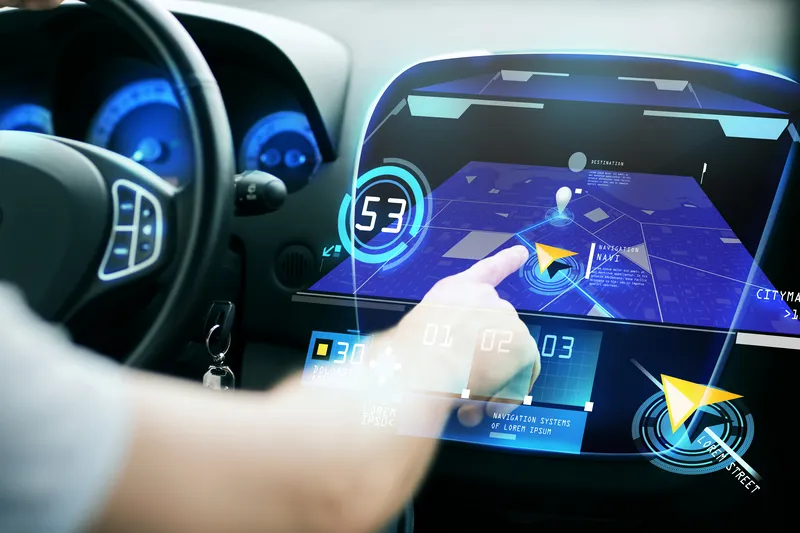Sensys Networks, a leading provider of integrated wireless traffic data systems for smart cities, has raised US$8.5 million in a new round of funding led by Siemens Venture Capital (SVC) with participation from existing investors Fuse Capital, Horizon Ventures, Voyager Capital and Gruener Ventures. SVC’s Michael Sears will also join the board of Sensys Networks. Describing the funding as an important milestone for the company, Dr. Amine Haoui, CEO of Sensys Networks, said, “This capital will allow Sensys Ne
March 2, 2012
Read time: 2 mins

Describing the funding as an important milestone for the company, Dr. Amine Haoui, CEO of Sensys Networks, said, “This capital will allow Sensys Networks to accelerate growth domestically and internationally, and maintain our product and technology leadership in wireless sensor networking for the transportation industry."
Siemens Venture Capital, located in Europe, Asia and the United States and with more than 150 investments to-date, has been active in the US market since late 90s with a previous investment focus on the traffic management system market.
“We are delighted to be leading this round of financing with Sensys Networks,” says Ralf Schnell, CEO of Siemens Venture Capital, “We believe there is a huge pent-up demand for traffic data internationally and we only invest in market leaders with tremendous growth potential. Sensys Networks has the products to unlock that potential, and it is a perfect addition to our portfolio.”
Sensys Networks has announced what it says is the industry’s first five-year hardware warranty for advanced traffic detection products which will apply to all new shipments to the company’s North American, Australasia, and European customers. The company has also unveiled the Access Point Controller Card (APCC), the newest hardware addition to its VDS240 wireless vehicle detection universal platform. The APCC combines the ‘brains’ of the Access Point with contact closure card functionality — in the cabinet — for maximum detection flexibility and minimal power usage (less than 1W).
“Our first deployment of the APCC in San Francisco at O’Shaugnessy Blvd. and Portola Dr. — a complex intersection with significant elevation differences on heavily trafficked approaches — proved highly successful in controlling the hilly intersection in frequently foggy conditions," says Michael Volling, director of product management. “The addition of enhanced communications and data storage capabilities further streamlines hardware requirements, in the street and the cabinet.”









